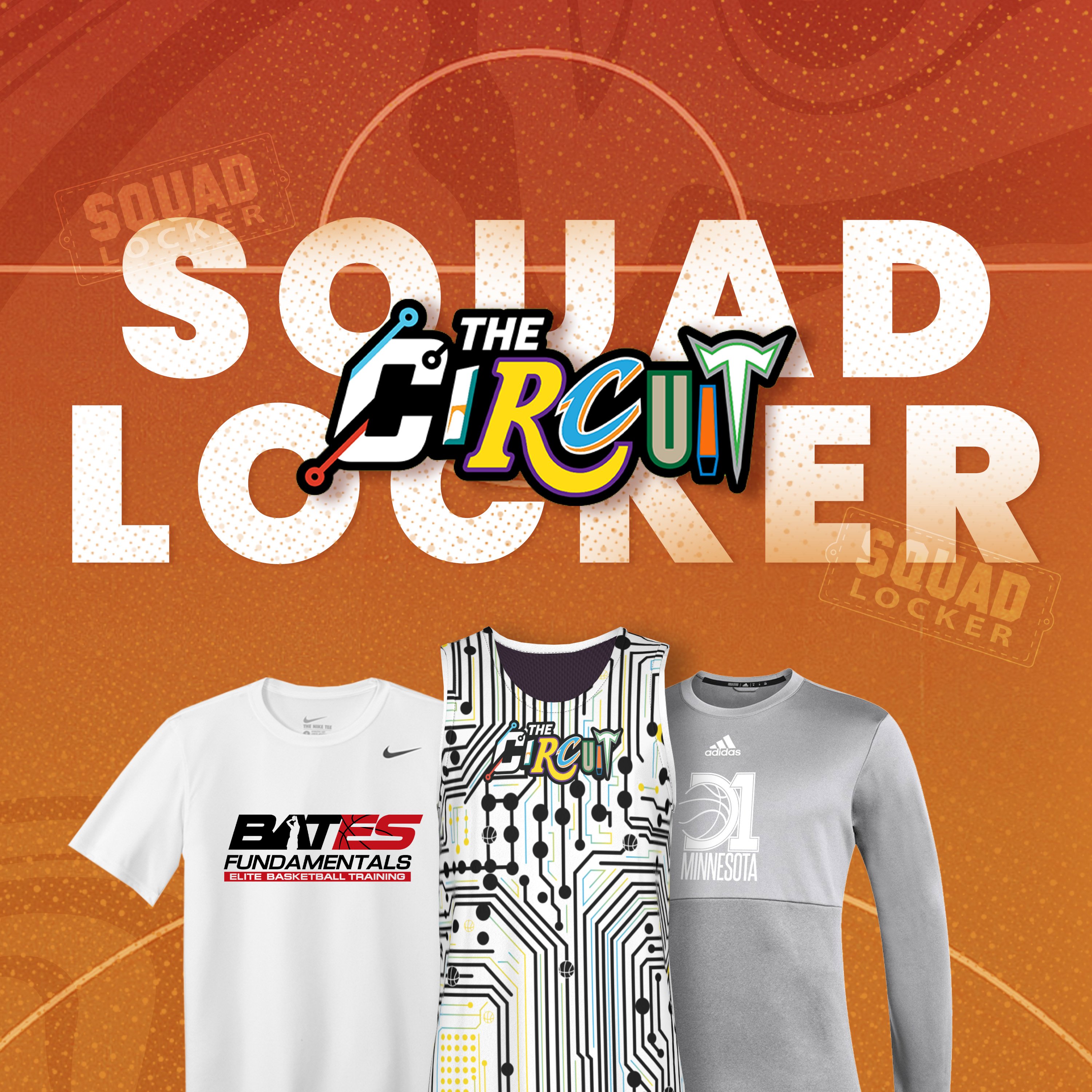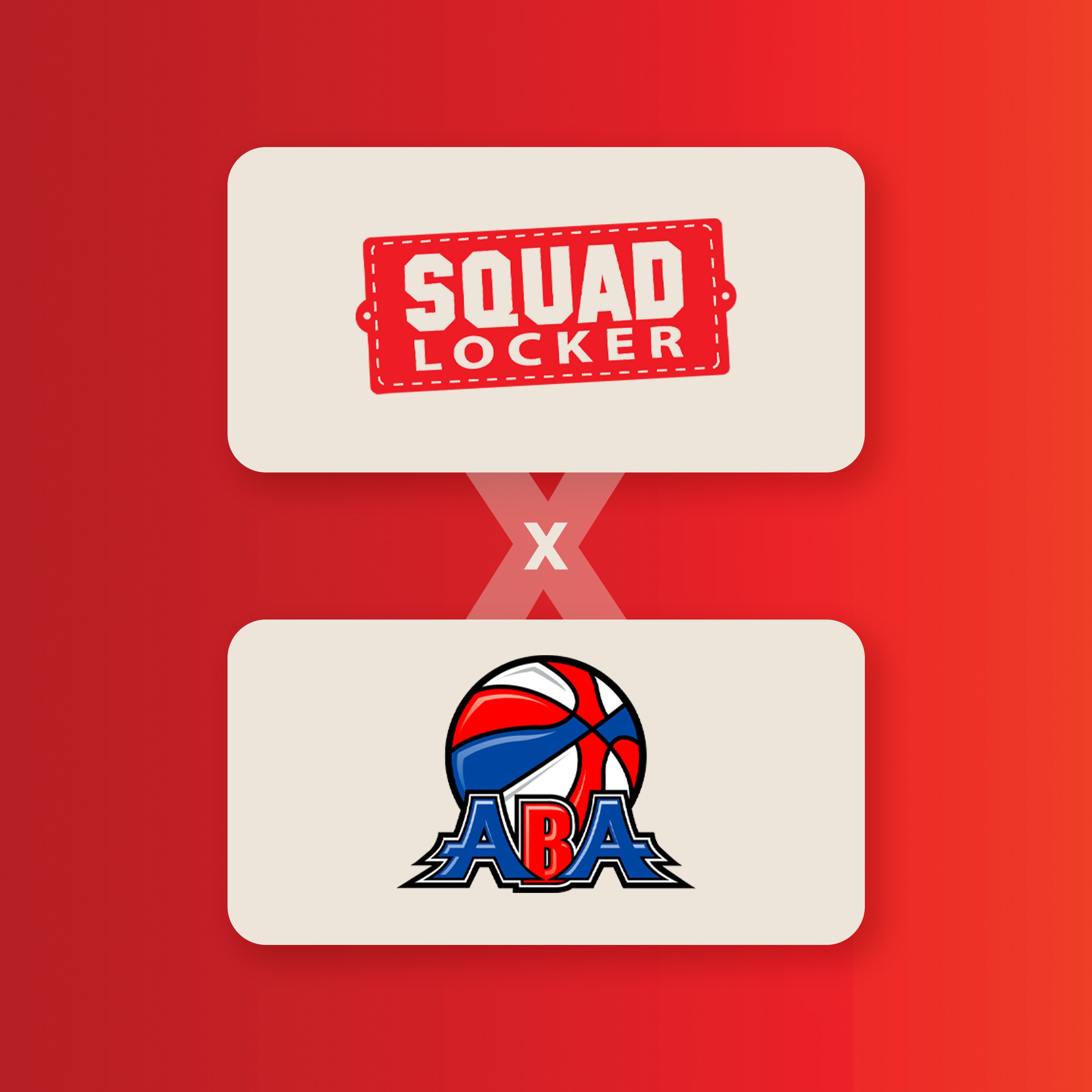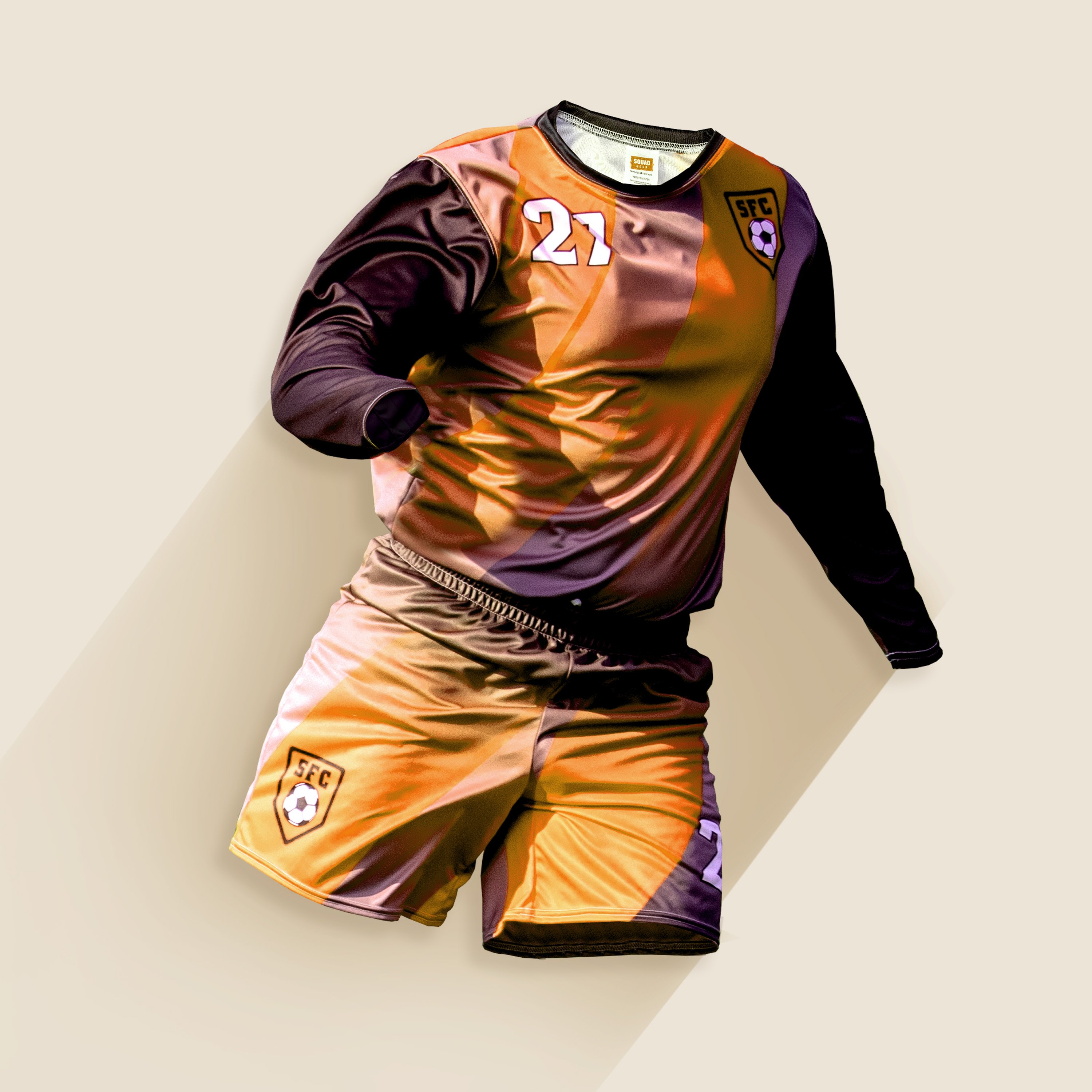We know you care about your young athletes’ well-being. You want them to succeed, have fun but also play safe. We want to help you be well informed to help guide the young athletes in your life in having a successful youth sports season. Below, we discuss how to identify, treat and prevent some of the most common sports-related injuries.
Recognizing and Treating 5 Common Sports-Related Injuries
Young athletes have to take special care when injured since their bodies—including their bones—are still growing and developing. Most sports injuries can be treated with the RICE method: rest, ice, compression and elevation. The general rule of thumb with icing is 20 minutes on, 20 minutes off. The point of the RICE method is to reduce initial pain and swelling, so you should only apply the ice two or three times. Some of the most common sports-related injuries include:
Shoulder Injury symptoms:
Common shoulder injuries include dislocations and strains, which are typically a result of overuse. Shoulder injuries can cause pain, weakness and stiffness. Apply the RICE method and see a doctor in cases of severe pain and restricted movement or if the symptoms don’t improve after the first couple of weeks.
Ankle Injury symptoms:
An ankle injury can be the result of a sprain, tear or a broken bone. Apply the RICE method and encourage your young athlete to move the ankle gently. If he or she is in severe pain and range of motion is restricted, see a doctor.
Pulled Muscle symptoms:
The muscles that are most commonly pulled by athletes are the hamstrings, though it can depend on the sport. Signs of a pulled muscle include pain, bruising or swelling and weakness in the injured muscle. Apply the RICE method and refrain from playing sports until the injury has healed. See a doctor if it hasn’t healed within the first couple of weeks.
Concussion symptoms:
Concussions result from an injury to the head. Symptoms include dizziness, disorientation, blurry vision, headache, trouble concentrating and nausea. Take the young athlete immediately to the doctor if any of these symptoms are present.
Heat Illness symptoms:
This common sports injury is different from the others in that it isn’t caused by strain or trauma. Instead, it occurs when the body can’t cool itself down anymore and overheats. The three types of heat illness (from mildest to most severe) are heat cramps (painful cramps in the muscles), heat exhaustion (dizziness, nausea, vomiting, headache, chills) and heat stroke (lack of coordination, confusion, irritability, dizziness, seizures, coma).
Heat cramps are the easiest to treat—allow your young athlete to rest, stretch and rehydrate. An athlete suffering from heat exhaustion should lie down in a cool, shaded area with legs elevated, remove unnecessary clothing and frequently drink small amounts of room temperature water. Heat stroke requires immediate emergency medical attention.
Tips for Preventing Injury
While it is important to be able to recognize and treat common injuries, it is much easier to prevent a serious injury than it is to treat one. As the old adage says, an ounce of prevention is worth a pound of cure. Here are six tips for preventing sports injuries in your young athlete:
Warm Up:
Many injuries are caused by overworking cold muscles, so make sure your young athletes warm up for a few minutes before a game.
Maintain Proper Form:
Another common cause of injury is overuse. Sloppy form puts undue stress on the joints, so remind your athletes that proper form is everything.
Buy Quality Shoes:
Spending a little extra on shoes that are appropriate for your young athlete’s sport and have proper support is worth it when you consider the money you will save on medical bills. The right shoes help athletes maintain proper form and reduce the impact on their joints, meaning they are less likely to injure themselves.
Include Variation:
To prevent overuse injuries, young athletes should play a different sport each season instead of the same sport all year.
Practice:
The more they practice, the more in shape they will be and the easier it will be to utilize proper form.
Rest:
Make sure your athletes have plenty of time to recover between games and practice sessions and remind them to get plenty of sleep every night. Exhaustion can affect form and judgment, making one more susceptible to injuries. Plenty of rest is especially important for younger athletes who need the energy for growth spurts.
As you can see, most sports-related injuries have similar causes and treatments. As a general rule, use the RICE method for strains and seek medical attention for severe pain, lack of mobility and changes in coordination and behavior. By knowing how to recognize, treat and prevent injury, you can help your young athlete have a fun and successful sports season.
SquadLocker can’t be there to protect your team from injuries, but we provide the highest quality gear to ensure that your players are protected by nothing but the best. Our simplified interface allows you to be in complete control, while allowing for a seamless ordering process. It’s time you eliminate the hassles of team gear sourcing and go with SquadLocker today!
Subscribe to the Squad Blog
Join our squad in getting weekly updates on the most helpful content for your youth teams, sports clubs, students, and more.
Share this Story










